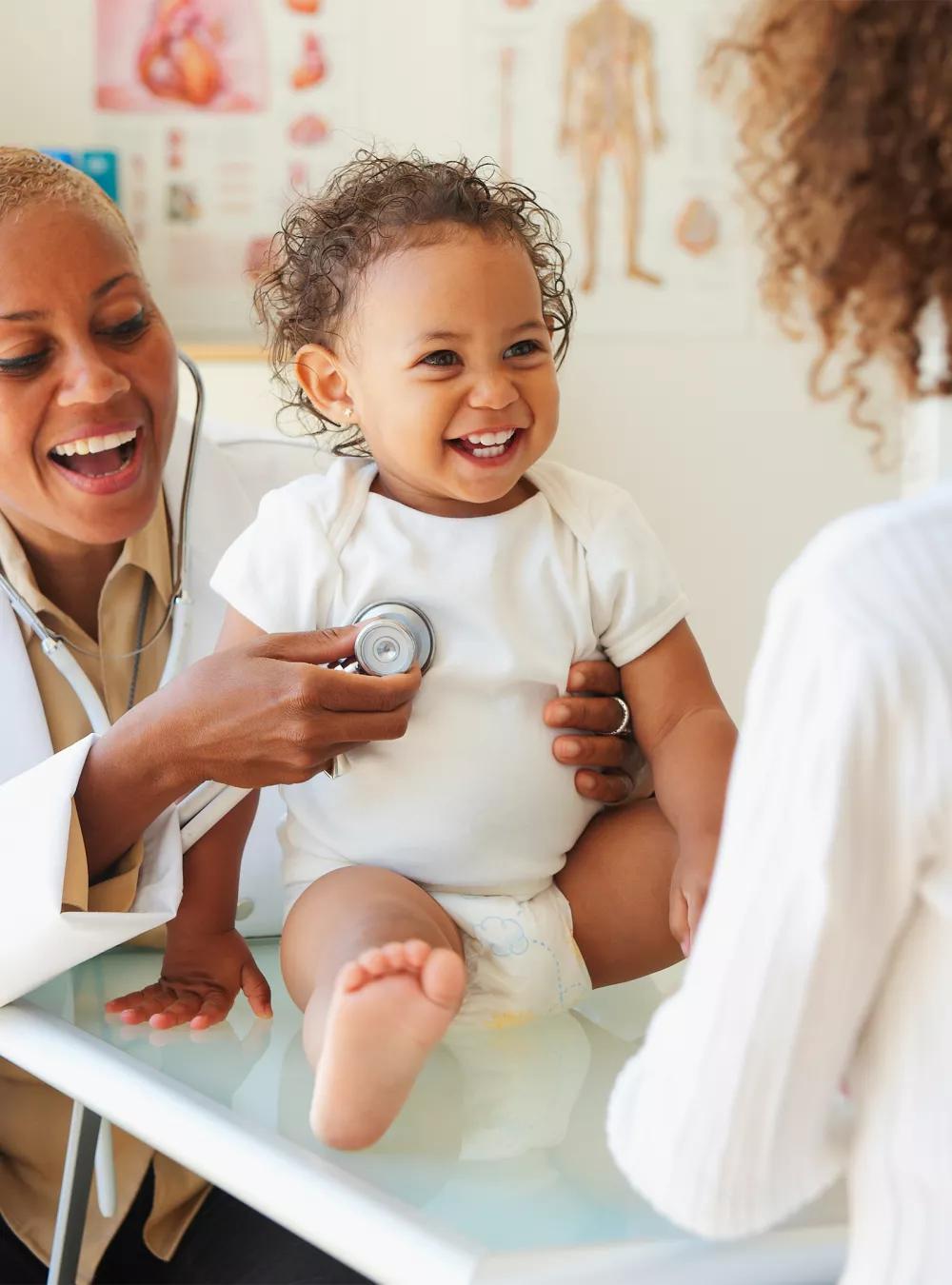MITRE and Boston Children’s Hospital created a framework to reduce risk for the most vulnerable patients. Generating Risk Reduction Analytics for Complex Cardiac Care Environments, or GRACE, applies artificial intelligence to improve pediatric outcomes—and could make other clinical settings safer.

Delivering GRACE: AI and Analytics to Reduce Risk in Children’s Healthcare
Imagine medical staff preparing to insert catheter wires in the heart of a tiny, two-day-old infant. The baby’s parents wait nearby, worry etched on their faces. Everyone knows what’s at stake.
This is a scenario David Slater pictures as he designs ways to reduce risk for the most fragile of patients. Slater leads a MITRE research team that collaborated with Boston Children’s Hospital (BCH) to develop and deploy artificial intelligence and analytic tools for one particularly high-risk environment: the pediatric cardiac catheterization lab.
In such complex care environments, many factors affect risk. What’s the patient’s condition? How busy is the lab? What complications could arise?
Just by talking about safety in the lab and designing the interventions, we’ve seen signs of adverse events declining.
The joint team of data experts and clinical experts created the Generating Risk Reduction Analytics for Complex Cardiac Care Environments framework, a.k.a. GRACE, for procedures at BCH. Born of a 10-year collaboration with this top U.S. pediatric healthcare facility, GRACE uses AI to reduce the risk of undesirable clinical outcomes, or adverse events, occurring within 48 hours of a procedure.
“For many reasons—from technical ones to human ones—it’s really hard to get AI algorithm research adopted into a clinical setting for risk reduction,” Slater says. “It’s exciting we could leverage MITRE’s independent research efforts to put together this team and get the framework up and running.”
While still early in its operational use, GRACE has already started making a difference. BCH’s Executive Director, Center for Applied Pediatric Quality Analytics Dr. Kathy Jenkins says, “Just by talking about safety in the lab and designing the interventions, we’ve seen signs of adverse events declining.”
The team expects this trend will only grow. By applying GRACE, clinical staff treating vulnerable babies and children can worry less, and so can parents.
A Decade of Data, A World of Potential Impact
Historically, risk-reduction methods use traditional statistical models, without considering system-level risks—an approach that leaves much to chance. Researchers working under our independent R&D program didn’t like those odds.
The team used data from the past decade to design machine learning algorithms that predict patient harm. That’s provided an integrated approach to reduce risk by applying analytics to a huge volume of data: 10 years of capturing every clinical action for approximately 2 million patients across 40 million visits.
It’s not MITRE’s only research effort with BCH. In 2020 our Nudge Lab initiated a study that used behavioral prompts to get kids home from the hospital faster—but still safely.
The GRACE initiative took a different path to help protect children’s health.
Used the day before pediatric catheter procedures, the framework enables BCH staff to assess patients at high-, medium-, or low-risk. They can then bring the team together to make decisions around key questions: What’s the availability of ICU beds? How’s the supply level in the blood bank? Do we need additional staff?
Aiming to Deliver GRACE Globally
Beyond pre-procedure risk mitigation, several other GRACE applications show strong promise. For instance, the team developed a novel clinical status score that examines how much nursing care a patient needs based on the interventions they receive during their stay. This can help hospitals prepare appropriate staffing plans—and ensure patients get the care they need.
Additionally, we’re integrating predictive models to explore how different decisions around scheduling impact the patient’s risk and the catheterization lab’s efficiency. The team also created a capability to assess risk in real time during procedures, considering things like patient age and diagnosis, along with values in heart rate, blood pressure, etc., to predict and reduce adverse events.
Recognizing the potential for GRACE’s impact to expand, Slater looks forward to exploring myriad ways to advance this innovation.
“Together we can move ahead to develop and deploy analytics to improve patient care,” he explains. “And we can figure out the strategies we need to share GRACE with other hospitals, in the U.S. and internationally, as well as with MITRE’s government sponsors.”
In our role as a not-for-profit trusted adviser and connector, we’re also looking to establish a multicenter alliance among healthcare centers interested in applying AI for quality improvement.
“MITRE has been a tremendous collaborator—not only in executing well but in listening well,” Jenkins says. “We work as a team to reduce the risks for children but also toward the bigger picture of how we can start to leverage data to make the entire healthcare system safer.”
Our R&D efforts allow us to develop and explore emerging capabilities like GRACE to better address our government sponsors’ problems, as well as anticipate over-the-horizon challenges. To learn more, contact research@mitre.org.
Join our community of innovators, learners, knowledge-sharers, and risk takers. View our Job Openings.